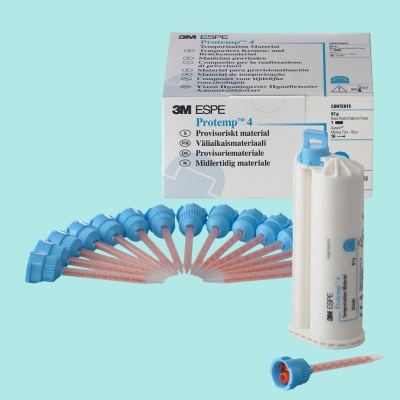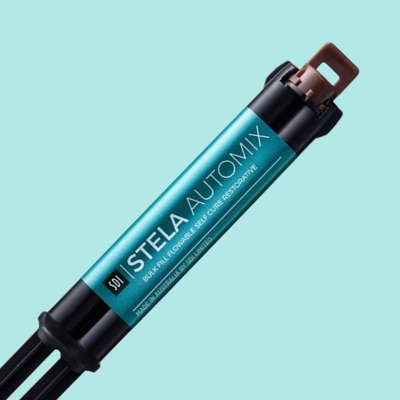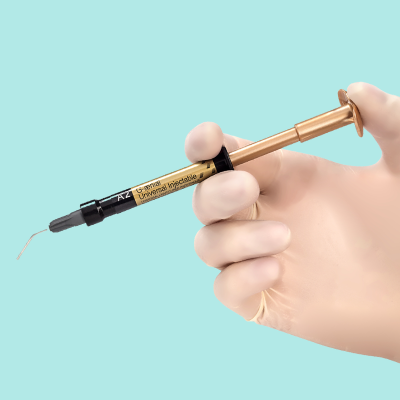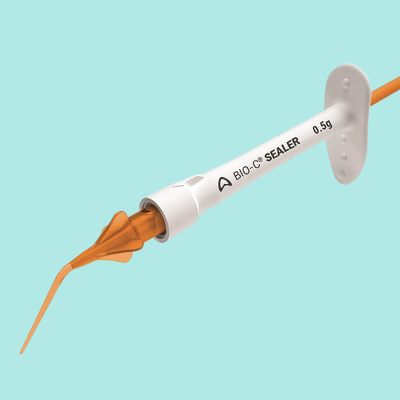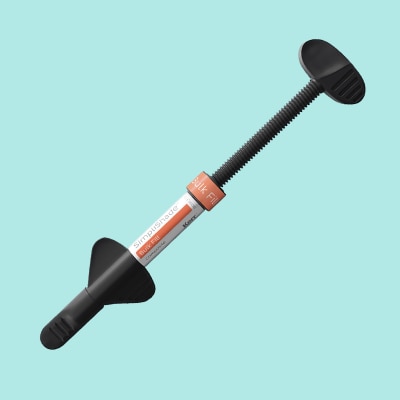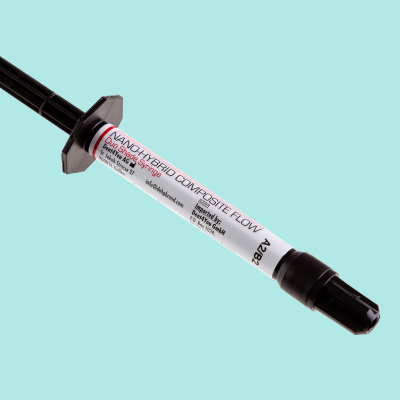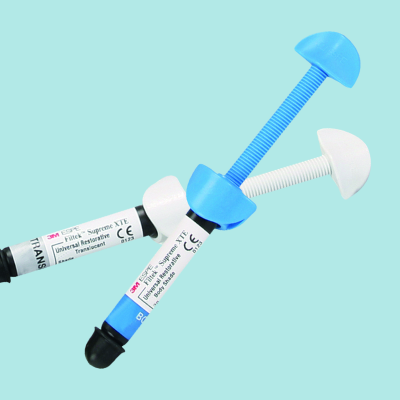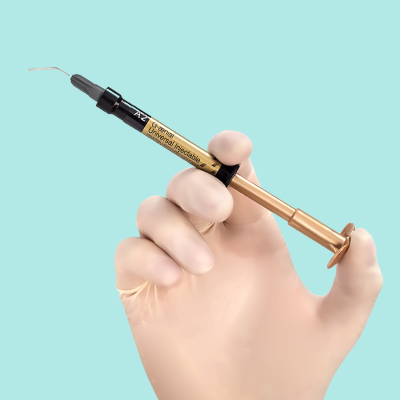Dental care has undergone a huge transformation in recent years with significant technological advancements. It is important for dental professionals to stay up to date with the latest developments to provide the highest quality of care.
Investing in new tech for your practice can speed up procedures, make outcomes more predictable, and turn dental visits into a smoother and more comfortable experience for patients.
How Tech is Changing Dentistry for the Better
Dentistry has long had a reputation for being painful, both physically and psychologically. But the arrival of new technology is helping the industry shake off these negative connotations as it continues to move towards a greater emphasis on minimally invasive treatments and preventive care.
With most dental schools now incorporating the latest technologies into their teachings, the next generation of dentists are gaining first-hand experience and a greater understanding of new equipment and software.
The availability of this tech in practice is therefore becoming an expectation. This would include CAD/CAM technology, intraoral scanners, intraoral cameras and digital imaging scanners.
CAD/CAM
CAD/CAM is digital software used for precision planning and the indirect milling of restorations. CAD is an abbreviation of computer-aided design, and CAM stands for computer-aided manufacturing.
The process involves scanning a patient’s mouth with the use of an intraoral camera. The images are then sent in seconds to a computer, where they can then be digitally designed. That design is then sent to a milling machine, which mills the design out of a block or disc.
CAD/CAM can be used for crowns, dentures, inlays, onlays, bridges, veneers and more. The speed of CAD/CAM allows for prostheses to be designed, manufactured and delivered to the patient in quick time, sometimes even the same day. The end results are often more accurate and precise versus analogical impressions.
It also means that if ever a patient needs a new denture, it can be milled out again from the touch of a button.
From a patient standpoint, many patients would prefer the option of having their mouths scanned instead of having a physical impression taken with a tray, which for many can be uncomfortable and messy.
For more information on CAD/CAM and how it works, visit our Ultimate Guide to CAD/CAM Dentistry.
Intraoral cameras
Another product that is ideally designed for a type of dentistry that prioritises preventive care and minimally invasive treatment is the intraoral camera.
Intraoral cameras are used to capture images of inside a patient’s mouth. It works by emitting a light over the teeth and gums to produce real-time visuals that can be shared with the patient there and then in the chair.
The ability to share clear, precise images with patients instead of dull black and white X-rays can help emerse the patient in their oral health journey, give them a greater understanding of their treatment plan and ultimately help them care more about looking after their teeth.
Patients are also more likely to accept your recommendations when they can visualise the situation their oral health is in. Intraoral cameras are also key to detecting problems at an early stage so that any subsequent treatment becomes less invasive, expensive and time-consuming.
Modern intraoral cameras, such as the C50 from Acteon, have unique modes that can detect cavities, plaque and inflammation with the click of a button without the need of any messy dyes or solutions needing to be applied to the teeth.
A simple definition of CAD/CAM dentistry is the use of digital software to design and manufacture dental restorations and prostheses. CAD stands for computer-aided design and CAM stands for computer-aided manufacturing. The technology can be used to create crowns, dentures, inlays, onlays, bridges and veneers among other things. The speed of the CAD/CAM process allows for dental prosthetics to be designed, manufactured and delivered to the patient in quick time, sometimes the same day. The wider system of using computer assisted technologies to produce restorations is known as CEREC (Chairside Economical Restoration of Aesthetic Ceramics).
Digital imaging
The use of digital X-rays has truly revolutionised the way oral health problems are diagnosed. By removing the need for traditional film, patients are no longer exposed to high levels of radiation and X-ray processing times have been drastically reduced.
Digital imaging comes in various guises, each with its own unique benefits. The choice of how advanced to go with your digital X-ray setup depends on several factors, including chair number and budget.
Phosphor plate radiography is generally considered the least expensive way to convert from analogue to digital imaging and the method with the smallest learning curve.
Digital imaging plate scanners like the PSPIX2 can receive images in seconds.
As well as being quicker and more sustainable versus analogue X-rays, digital imaging can produce sharp, high-quality images that can be blown up to any size for accurate examination.
For more information on the different types of digital X-ray methods, see our Ultimate Guide to Digital Dental X-Rays.
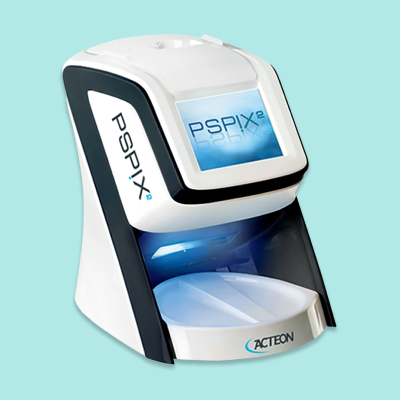
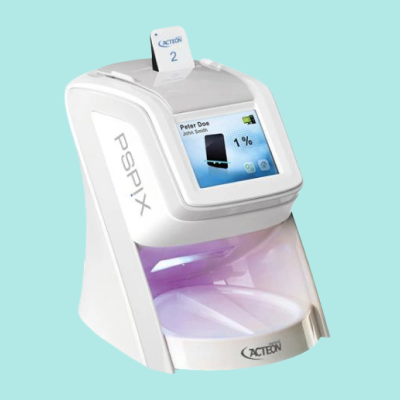
A simple definition of CAD/CAM dentistry is the use of digital software to design and manufacture dental restorations and prostheses. CAD stands for computer-aided design and CAM stands for computer-aided manufacturing. The technology can be used to create crowns, dentures, inlays, onlays, bridges and veneers among other things. The speed of the CAD/CAM process allows for dental prosthetics to be designed, manufactured and delivered to the patient in quick time, sometimes the same day. The wider system of using computer assisted technologies to produce restorations is known as CEREC (Chairside Economical Restoration of Aesthetic Ceramics).
So, What’s Next for Dentistry?
There is a feeling that the current digital evolution taking place in dentistry is only the beginning.
Inventions that are already being tested or in use around the world that we can expect to hear more about in the coming years. These include 3-D printing, the use of soft-tissue lasers for minor gum surgery, biomaterials to fill cavities and bioprinting.
For now, switching from analogue protocols to digital workflows with the aid of widely available technology and equipment can increase efficiency and improve patient care.
The likes of CAD/CAM, intraoral scanners, intraoral cameras and digital imaging are therefore steadily becoming a necessity for modern-day, forward-thinking dental practices.




